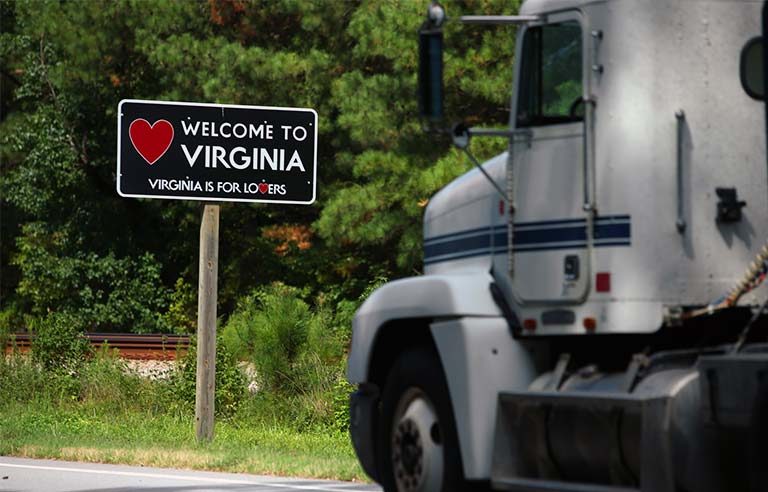Lawmakers reintroduce bill to allow young drivers to operate CMVs interstate

Washington — Bipartisan legislation reintroduced March 10 in the House and Senate would allow commercial motor vehicle drivers younger than 21 to operate across state lines.
The Developing Responsible Individuals for a Vibrant Economy Act, or DRIVE-Safe Act (S. 659 and H.R. 1745), is sponsored by two Indiana Republican lawmakers, Sen. Todd Young and Rep. Trey Hollingsworth.
Press releases from Young’s office and the American Trucking Associations note that 49 states and the District of Columbia allow 18- to 20-year-olds to obtain commercial drivers’ licenses and operate large commercial vehicles.
“This issue is particularly problematic in regions like our southern Indiana area where an emerging driver would be prohibited from making a quick trip from New Albany, IN, across the river to Louisville, KY,” a release from Hollingsworth’s office states. “But, the same driver could haul a load from New Albany, IN, to South Bend, IN, nearly 260 miles away.”
The DRIVE-Safe Act, the release continues, “would allow employers to provide CDL holders below the age of 21 with an extensive training program that will allow them to safely participate in interstate commerce upon completion.”
According to ATA, that training program would require drivers to complete at least 400 hours of on-duty time and 240 hours of driving time accompanied by an experienced driver.
The Senate bill was referred to the Commerce, Science, and Transportation Committee. The House bill is with the Highways and Transit Subcommittee.
The co-sponsors of the Senate bill from the other side of the aisle are Sens. Jon Tester (D-MT), Joe Manchin (D-WV) and Kyrsten Sinema (D-AZ), as well as Sen. Angus King (I-ME). The other Republican co-sponsors are Sens. Tom Cotton (AR), James Inhofe (OK) and Jerry Moran (KS).
The house bill has four Democrats and four Republicans listed as co-sponsors, all from different states.
“This bill has strong, bipartisan backing because it’s both common sense and pro-safety,” ATA President and CEO Chris Spear said in the organization’s release. “It raises the bar for training standards and safety technology far above what is asked of the thousands of under-21 drivers who are already legally driving commercial vehicles in 49 states today.
| Sign up for Safety+Health's free monthly email newsletters and get the news that's important to you. |
“The DRIVE-Safe Act is not a path to allow every young person to drive across state lines, but it envisions creating a safety-centered process for identifying, training and empowering the safest, most responsible 18- to 20-year-olds to more fully participate in our industry. It will create enormous opportunities for countless Americans seeking a high-paying profession without the debt burden that comes with a four-year degree.”
The DRIVE-Safe Act has been introduced in the House and Senate a combined four times since the beginning of 2018. None of the bills made it out of the Senate Commerce, Science, and Transportation Committee or the House Highways and Transit Subcommittee.
ATA contends the industry will need to hire 1.1 million drivers, or 110,000 a year, over the next decade “to keep up with demand.” However, the Owner-Operator Independent Drivers Association, among other organizations, has contended that the impetus for the previous bills – a driver shortage – doesn’t exist.
Post a comment to this article
Safety+Health welcomes comments that promote respectful dialogue. Please stay on topic. Comments that contain personal attacks, profanity or abusive language – or those aggressively promoting products or services – will be removed. We reserve the right to determine which comments violate our comment policy. (Anonymous comments are welcome; merely skip the “name” field in the comment box. An email address is required but will not be included with your comment.)

